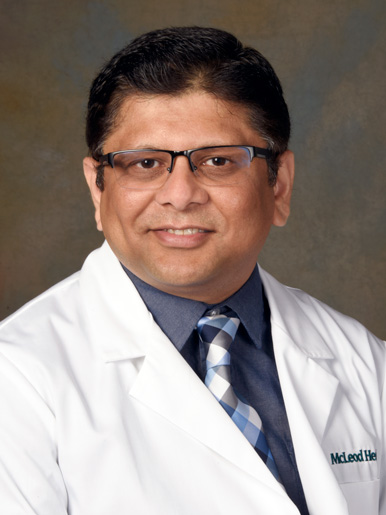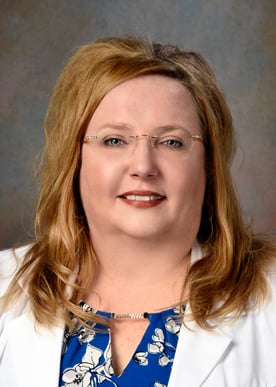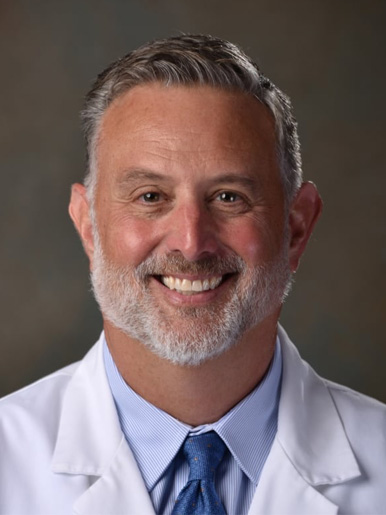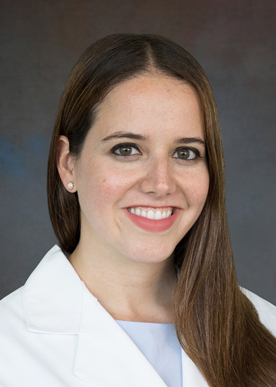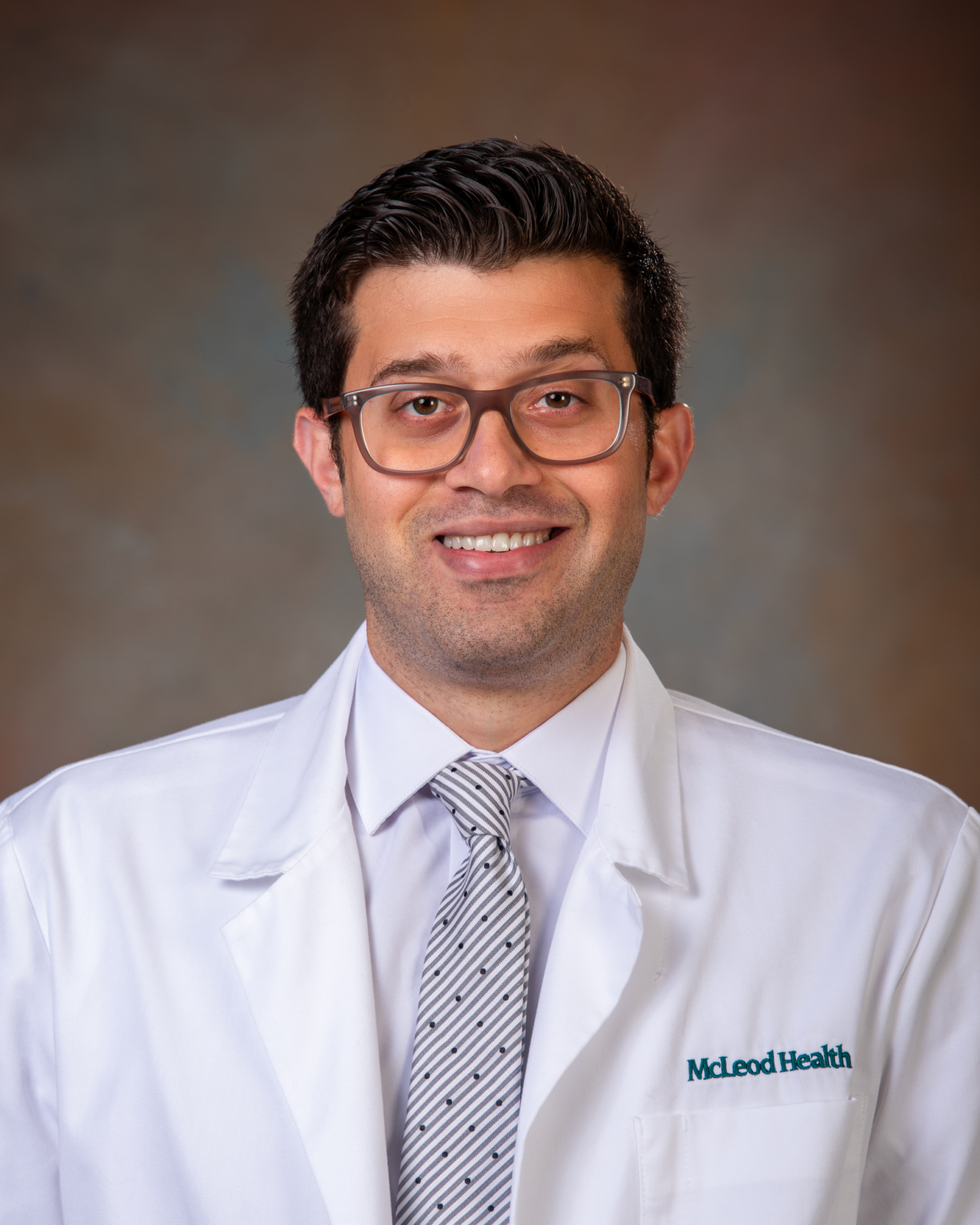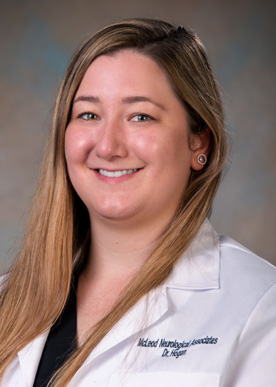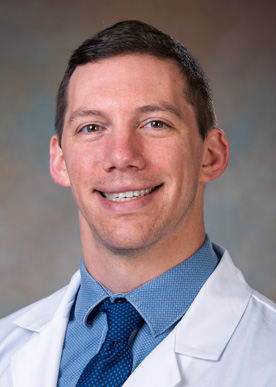Congratulations. You have competed our Stroke Quiz. For more information,
visit https://mcleodhealth.org/services/care/stroke/.
Test your Stroke Knowledge
A stroke occurs when blood, which carries oxygen and nutrients necessary for brain cell function, is prevented from reaching the brain. This lack of blood flow causes the brain cells to die. Stroke is the fifth cause of death in South Carolina and a leading cause of disability.
Test your stroke knowledge by taking this short quiz. Talk to your primary care physician on actions you can take to live a healthy stroke free life.
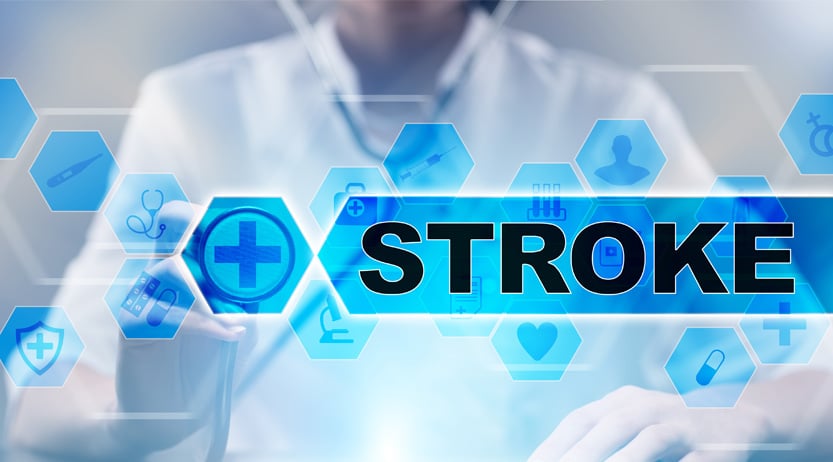
If you asked someone to smile and one side of their smile drooped would that be a sign of a stroke?
Correct!
You Answered: True
Incorrect!
Correct Answer: True
Facial drooping is a sign of a stroke and the “F” in the acronym BE FAST. During a stroke, approximately two million brain cells can die every minute, which is why every minute counts when it comes to stroke care. Effective stroke treatment is time sensitive. When someone is having a stroke, remembering B.E. F.A.S.T. can lead patients to the stroke treatments they desperately need. The longer a stroke goes untreated, the greater the potential for brain damage, disability, and possibly death.
If you think someone may be having a stroke, B.E. F.A.S.T. and do this simple test:
B-BALANCE: Does the person have a loss of balance?
E-EYES: Have they lost vision in one or both eyes?
F-FACE: Ask the person to smile. Does one side of their face droop?
A-ARMS: Ask the person to raise both arms. Does one arm drift downward?
S-SPEECH: Ask the person to repeat a simple phrase. Is their speech slurred or strange?
T-TIME: If you observe any of these signs, call 9-1-1 immediately.

High Blood pressure is the number one treatable risk factor for stroke.
Correct!
You Answered: True
Incorrect!
Correct Answer: True
High Blood Pressure is the number one risk factor that a person can modify. High blood pressure can cause an artery to burst or trigger hardening and narrowing of the arteries. Other stroke risk factors would include diabetes, atrial fibrillation, high cholesterol and smoking. Diabetes is a big risk factor for stroke. You need to manage your diabetes, lose weight and exercise. A healthy diet positively affects all three of those issues. Atrial fibrillation describes an irregular heartbeat. It can cause pooling of blood in the heart that thickens and turns into a blood clot. If you have atrial fibrillation, take your blood thinner medication according to your doctor’s direction. This helps avoid pooling and clotting. Smoking alone is a very high risk factor for stroke. Even if you have no other risk factors, smoking independently increases your danger of a stroke. Quitting smoking is a single, conscious decision that can significantly lower your stroke risk.
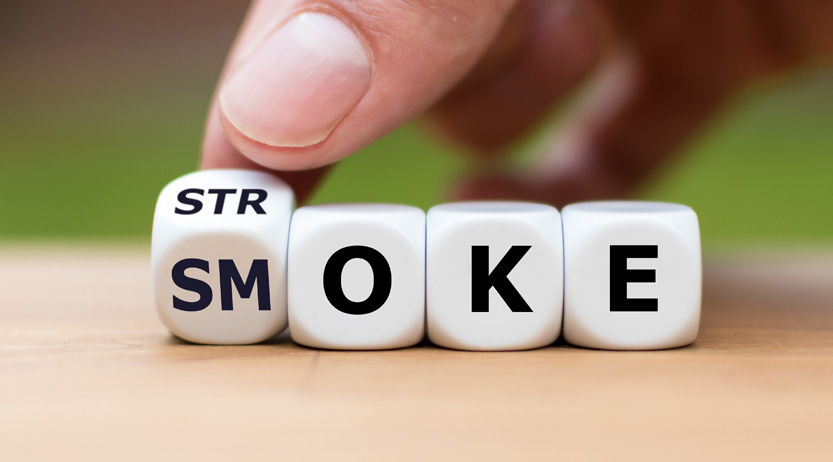
80 percent of strokes are preventable.
Correct!
You Answered: True
Incorrect!
Correct Answer: True
Approximately 80 percent of strokes can be prevented. By reducing your risk factors, you can prevent a stroke. You do not have control over some risk factors such as age and race. However, high blood pressure, high blood sugar and smoking are risk factors that you do have control over. You also can reduce your risk for stroke by making small lifestyle changes such as eating a healthy diet, getting regular physical activity and taking medications as prescribed.
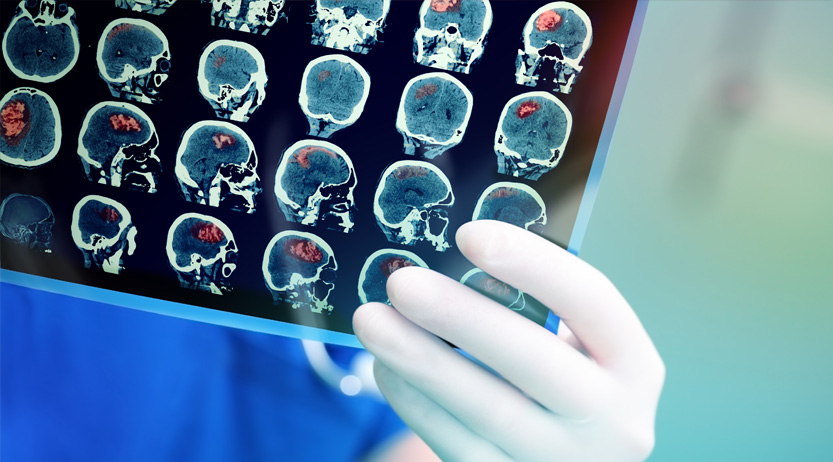
If you had one stroke you are likely to experience another stroke.
Correct!
You Answered: True
Incorrect!
Correct Answer: True
Patients who have experienced a stroke are more likely to experience another – ten times more likely than someone who has never had a stroke. The risk of a recurrent stroke can be reduced by working with your primary care provider to identify and treat conditions that make you prone to stroke.
The American Stroke Association offers these “8 Ways to Prevent A Secondary Stroke” guidelines:
1. Monitor your blood pressure
2. Control your cholesterol
3. Keep your blood sugar down
4. Get active
5. Eat better
6. Lose weight if you need to
7. Don’t smoke
8. Talk to your primary care provider about what medications are appropriate for you

What should you do if you believe you are experiencing a stroke?
Correct!
You Answered: d. Call 911
Incorrect!
Correct Answer: d. Call 911
If you believe you or a loved one are experiencing a stroke, call 911 immediately, it’s critical not to waste any time, every second counts. Emergency medical personnel are trained to begin medical treatment right away. The quicker you receive medical treatment the better your chances of survival are. Calling 911 gets you to the hospital fast and allows the paramedics to communicate with the hospital so the staff are prepared for your arrival. Every minute counts when it comes to stroke treatment. Time lost is brain lost.
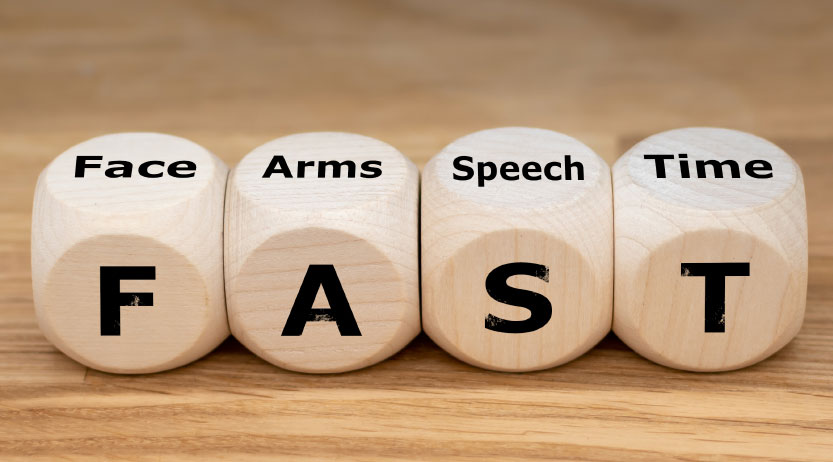
Physicians need to know what kind of stroke you are having in order to know how to treat it.
Correct!
You Answered: True
Incorrect!
Correct Answer: True
If you are having a stroke it is critical you get medical attention right away to minimize the long-term effects. There are two types of stroke: Ischemic and Hemorrhagic. Ischemic happens when a clot blocks a vessel supplying blood to the brain. They are the most common and account for 87 percent of all strokes. The treatment for Ischemic Strokes is clot remover, which can be accomplished with medication and/or mechanical treatment. The medication gold standard is a thrombolytic medication Tenecteplase. It dissolves the clot and improves blood flow to the brain but Tenecteplase must be administered within three to four and a half hours of the onset of the stroke. The mechanical removal of the clot is Thrombectomy, an endovascular procedure to remove the blocked clot for eligible patients. A Hemorrhagic Stroke happens when a weakened blood vessel ruptures and spills blood into the brain tissue. The most common cause of a Hemorrhagic Stroke is uncontrolled high blood pressure. The treatment goal is to stop the bleeding. There are also endovascular procedures available to accomplish this goal. It is important that the physician knows before administering any type of treatment if the patient has a brain bleed or a clot in the vessel that is the cause of their stroke. A CT scan is available twenty-four hours a day, seven days a week in the Emergency Department for a diagnostic brain scan to assist physicians in classifying the type of stroke.

You can have a stroke and not know it.
Correct!
You Answered: True
Incorrect!
Correct Answer: True
A stroke’s effects can be undetectable if the stroke is small. Although the stroke might not produce symptoms, evidence of the stroke would show on a CT scan or a MRI of the brain. Some patients may also experience a stroke in their sleep and notice something is not right upon waking after the stroke. If you wake up during the night and suspect a stroke, do not go back to sleep hoping all will be well in the morning. Call 911.
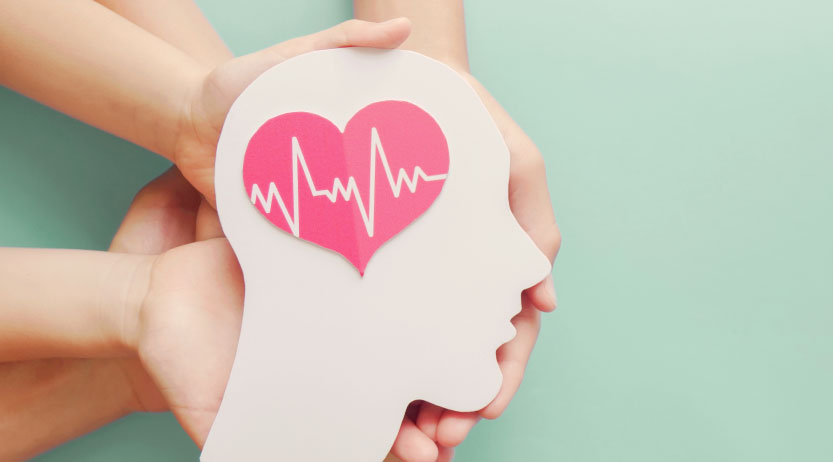
The symptoms of a transient ischemic attack (TIA), often called a mini-stroke, are temporary and not a cause for alarm.
Correct!
You Answered: False
Incorrect!
Correct Answer: False
Even though the symptoms typically last less than an hour, a TIA should still be treated the same as a stroke. Call 911 right away for evaluation and care. A TIA is a warning that you are at high risk for a full-blown stroke, which can occur minutes, hours, or even days after your TIA. Studies show that 5 percent of patients with TIAs will have a stroke within 48 hours.
What Do You Know About Strokes?
Your Score:
Please answer all the questions before seeing the results
Okay-
McLEOD REGIONAL MEDICAL CENTER FLORENCE
843-777-2000 -
McLEOD DARLINGTON
843-777-1100 -
McLEOD DILLON
843-774-4111 -
McLEOD LORIS
843-716-7000 -
McLEOD SEACOAST
843-390-8100 -
McLEOD CHERAW
843-537-7881 -
McLEOD CLARENDON
803-433-3000



-
McLEOD REGIONAL MEDICAL CENTER FLORENCE
843-777-2000 -
McLEOD DARLINGTON
843-777-1100 -
McLEOD DILLON
843-774-4111 -
McLEOD LORIS
843-716-7000 -
McLEOD SEACOAST
843-390-8100 -
McLEOD CHERAW
843-537-7881 -
McLEOD CLARENDON
803-433-3000
 Find a Doctor
Find a Doctor  Locations
Locations  Services
Services 